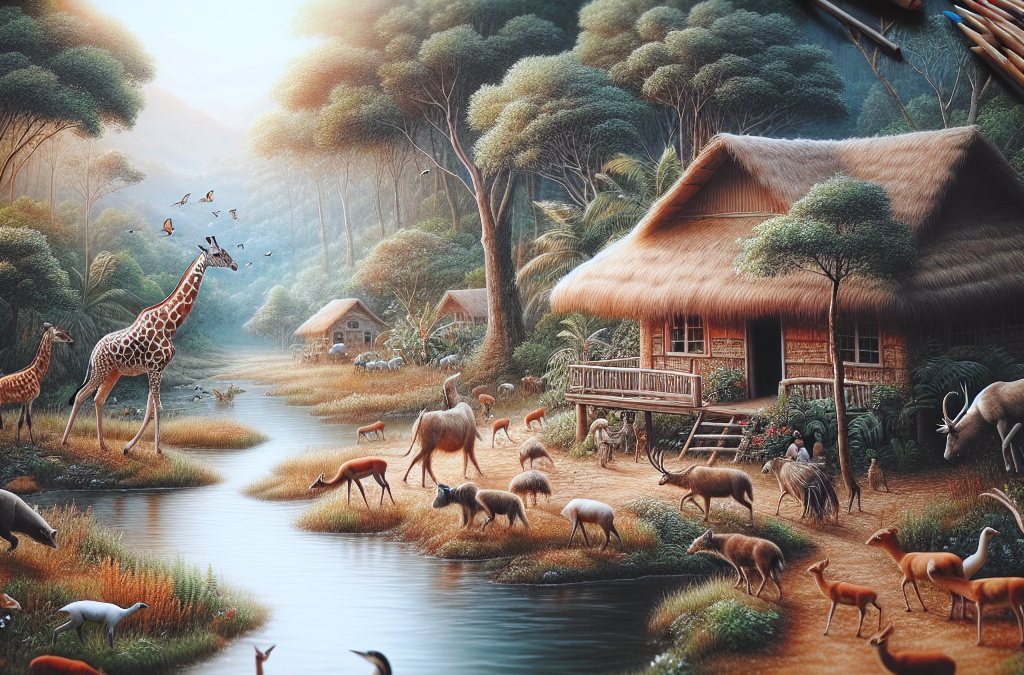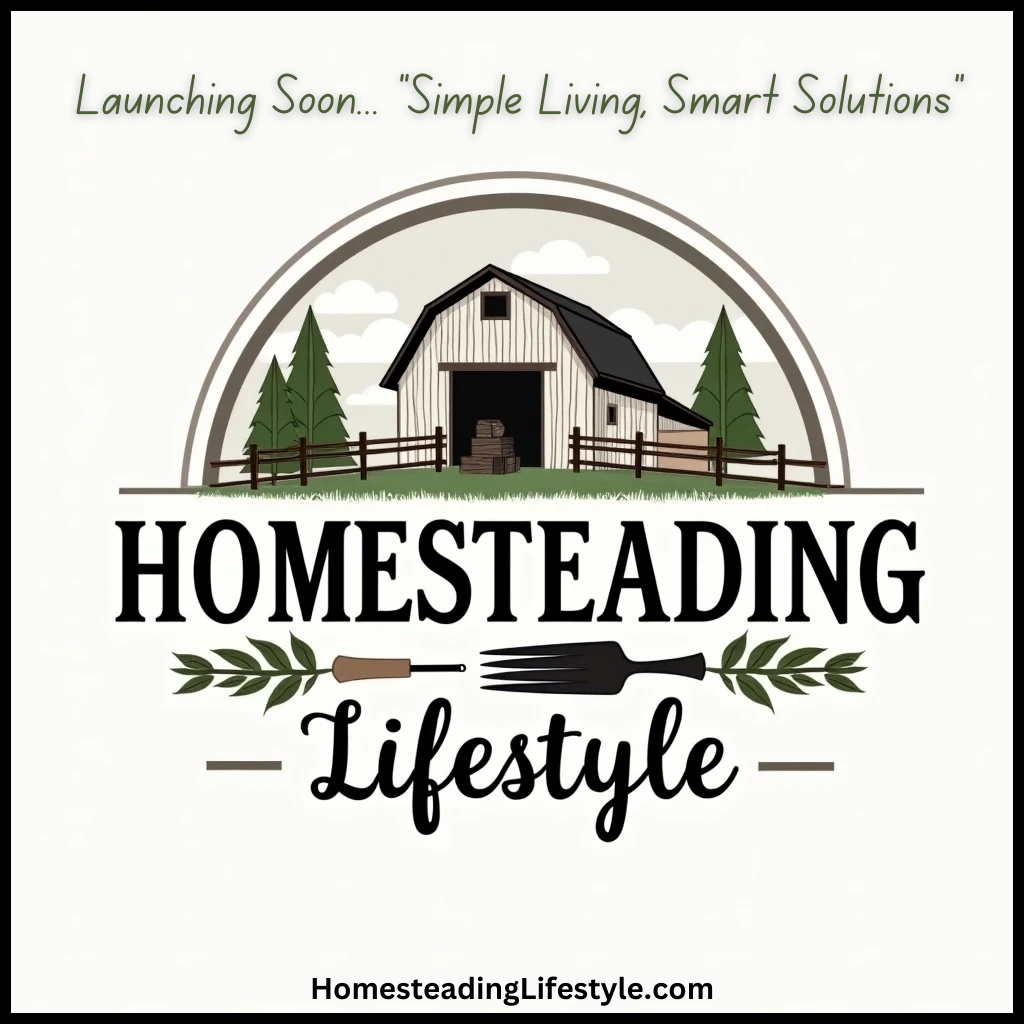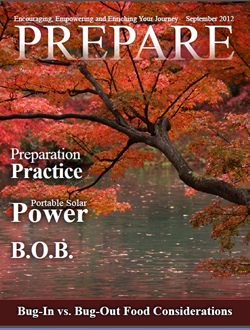1. Assess Your Space
Understanding Your Property
When I first started transforming my homestead, I realized the importance of understanding my space. Each piece of land has its unique features—soil types, water sources, and existing vegetation. Take a walk around your property and take note of what you see. Do you have any waterways? Are there areas that get different amounts of sunlight? This knowledge will be crucial in planning the rest of your wildlife-friendly design.
Consider the type of wildlife that resides in your area. For instance, if you live near wetlands, you might attract birds and frogs. Knowing who might visit your yard can help tailor your efforts toward creating a welcoming environment for them. Additionally, assess what native plants already exist, as these will play a vital role as resources for local wildlife.
Lastly, don’t forget to talk to your neighbors! They might have insights or ideas about local wildlife habits that can help you maximize your efforts. Plus, collaborating with them might lead to community projects that benefit everyone.
Identifying Natural Resources
Once I had a grasp on my property’s layout, the next step was identifying the natural resources available. Look for things like trees that provide shade, moist areas perfect for a garden, or even fallen logs that can serve as wildlife habitats. These resources can be key to attracting various species to your homestead.
You should also consider the topography of your land. Sloped areas could be perfect for rain gardens, while flatter sections might be ideal for other types of gardens or birdhouses. When I began to layout my homestead, I attempted to work with the land rather than against it; this made it feel much more natural and attracted more creatures.
If you don’t have many natural resources at your disposal, don’t fret! You can always create them. For instance, adding a small pond or planting a variety of local flora can turn an otherwise barren patch into a buzzing habitat.
Ecosystem Benefits
Understanding the local ecosystem was a game-changer for me. I learned that by maintaining a balanced environment on my homestead, I could help support the endemic species. For instance, planting native plants reduces the need for pesticides and attracts pollinators. Who doesn’t love a garden buzzing with bees?
Moreover, a thriving ecosystem plays a critical role in pest control. Birds and beneficial insects can reduce the number of harmful pests, lessening the need for chemical interventions. Trust me, I’ve seen my garden flourish just by encouraging the right allies to join the party!
Finally, it’s also about creating spaces for wildlife to thrive. This means leaving a few wild areas unkept where critters can live. Seeing a nesting chickadee or a curious turtle in your backyard can be awe-inspiring and reinforces the notion that we share this planet with other beings.
2. Plant Native Vegetation
Choosing the Right Plants
One of the first things I did to create a wildlife-friendly homestead was to replace as many non-native plants as possible with native species. Native plants are specially adapted to the local environment and provide essential habitat and food for wildlife. I was amazed by the variety of beautiful native flowers, shrubs, and trees that not only look great but serve a significant purpose!
When selecting plants, I recommend researching what grows well in your specific climate and soil conditions. There are countless resources online or at local nurseries, so don’t hesitate to reach out for help. I’ve even made friends with some local gardeners who offer great advice!
To make things easier, consider planting in layers—this means tall plants like sunflowers at the back and shorter ones that bloom near the front. Doing this not only looks appealing but also creates habitats and shelters for various wildlife. Watching bees bounce between flowers in your sunny flower garden? Priceless.
Create Food Sources
Food sources are not just essential for the wildlife, but they also make your garden lively! Berry bushes, nut trees, and seed-producing flowers can attract a plethora of birds, butterflies, and even small mammals. Everyone loves a good snack, right? During the warmer months, I love seeing my pantry fill up with berries because I planted enough to share with both people and critters!
Another cool idea is to leave some areas unharvested. By allowing certain plants to go to seed, you make sure that there’s an ongoing food supply that will benefit creatures through the seasons. Plus, it adds a wild and beautiful touch to your yard.
Don’t forget about water! Installing small birdbaths or water features is a sure way to draw wildlife in and make your garden a priority pit-stop. I can’t tell you how many times I’ve seen different species drop by just for a drink.
Creating Habitat Structures
Designing your yard with wildlife habitats in mind can be super fun and rewarding! For example, I started making brush piles out of old branches and leaves. Not only do these piles provide great shelter, but they also attract insects and birds. Plus, they’re eco-friendly—win-win!
You can also build nesting boxes for birds and other small creatures; this way, you’ll have visitors right in your own backyard! Many times, I’ve sat outside listening to delightful chirps knowing I helped create a home for them.
Consider other habitat structures such as bee hotels or bat houses. Encouraging these specific wildlife helps boost your garden’s productivity and lowers the need for external upkeep. Honestly, that aspect alone took so much stress off my shoulders!
3. Water Conservation and Enhancement
Creating Water Features
I quickly learned that water features can be a game-changer for wildlife! I decided to install a small pond with native water plants, and suddenly, I had frogs, dragonflies, and various birds visiting daily. There’s something enchanting about seeing life flourish in water.
You don’t have to build a massive pond. Even small features like birdbaths or puddling stations for butterflies can make a difference. I’ll never forget the excitement I felt when the first butterfly landed by my little puddle. It’s a tiny victory, but those intimate moments are what make homesteading special!
Always remember to have clean, fresh water available for drinking. It’s essential for all creatures, especially during the hot summer days when hydration becomes a real challenge!
Using Rainwater Harvesting
To embody a sustainable wildlife-friendly homestead, I started implementing rainwater harvesting. By collecting rainwater from my roof, I enjoyed not just preserving water but also forming a natural water source for my plants and local wildlife. It felt great knowing I was supporting the environment while saving some bucks on my water bill!
The system doesn’t have to be complicated or costly. Even a simple barrel at the end of your downspout will do wonders. I suggest using dark barrels to discourage algae growth; a simple step that keeps your water cleaner for your garden buddies.
Harvesting rainwater ensures a steady water supply for your garden—especially during dry spells. Animals quickly recognize it, leading to happy visitors all over your property!
Implementing Sustainable Practices
Along the lines of water conservation, I had to learn about sustainable gardening practices. Ditching pesticides was key; they not only harm unwanted pests but beneficial predators too! Instead, I turned to companion planting and natural pest repellents, and it did wonders!
Composting played a major role in my garden, enriching the soil, and reducing waste. I was delighted to see how it affected my plants’ health, and it gave me an incredible sense of accomplishment, knowing I was creating a natural cycle.
Additionally, staying diligent about mulching helps retain soil moisture. These simple practices added up to create a more self-sustaining and wildlife-friendly hub. It’s astonishing how being mindful can bring about such a significant change!
4. Reduce Disturbances
Wildlife Safety
The more I learned about wildlife, the more I understood the impacts of disturbance on their habits. I made significant efforts to minimize loud noises and sudden movements in my yard, especially during nesting or breeding seasons. It’s all about creating an environment where creatures can feel safe and thrive.
One of the challenges I faced was my pets! I had to retrain my dogs to minimize chasing wildlife, which took some time, but it was worth it. Now, I oversee their playtime closely to ensure they don’t scare away the furry and feathered neighbors.
Creating defined walking paths in my gardens also helped limit disturbances to nesting areas. By keeping certain sections untouched and respecting wildlife’s territories, I’ve seen an increase in diverse species choosing to call my homestead home.
Patience Is Key
Building a wildlife-friendly homestead won’t happen overnight—trust me! It took me years to see the full effect of my hard work unfold. Patience is a virtue when attracting wildlife; they have their own rhythms and routines.
I’ve learned to enjoy the process and watch for subtle signs of wildlife thriving around me. Whether it’s a new nest or an unexplored burrow, it’s always an exciting indication that I’m headed in the right direction.
Also, sometimes, it feels like you’re doing everything right, but nothing happens. Just bear in mind that changes in wildlife behavior can take time; stay dedicated and keep your space welcoming. They’ll come when the time is right.
Education and Observation
As I embraced the notion of a wildlife-friendly homestead, I found that actively educating myself about native species became a passion. Observing birds, identifying butterflies, and learning the plants that support them all created a deeper connection to the land and its inhabitants.
I often share what I’ve learned with family and friends, encouraging them to develop their wildlife-friendly spaces as well. There’s something fulfilling about teaching others what I’ve learned on this journey.
Taking the time to observe my garden has become a cherished ritual. With a cup of tea in hand, I sit quietly and appreciate the beautiful creatures that grace my yard while appreciating the ecosystem I’ve nurtured. Connecting with nature in this way is simply priceless!
5. Encourage Community Involvement
Engaging Neighbors
My homesteading journey took on an exciting twist when I began involving my neighbors. Building community around wildlife-friendly practices not only strengthened bonds but also created a larger habitat for wildlife to flourish!
I organized weekend gatherings to share tips and strategies for creating wildlife-friendly spaces. We’d potluck in our gardens while swapping seeds or cuttings, and it was amazing to see how many people were interested in getting involved and making a difference.
You might be surprised at how many neighbors share the same values when it comes to caring for wildlife. Together, we formed a network of gardens that benefited the wildlife population in our area—talk about team spirit!
Establishing Local Partnerships
Connecting with local environmental groups has also made an impact on my journey. I reached out to organizations dedicated to wildlife conservation and participated in community events. I’ve participated in tree planting initiatives and even some educational workshops about local flora and fauna.
Establishing these connections means you’re never alone in your efforts. Plus, they can provide additional resources and support for your projects, opening doors to new ideas and inspiration!
Ultimately, you’ll find that giving back is a wonderful way to strengthen your sense of place within your community. Together, you can cultivate a wildlife-friendly culture that spreads far and wide.
Conducting Educational Workshops
If you’re feeling ambitious, why not host your own workshops? Sharing your successes and challenges can empower others and inspire change within your community. Last spring, I organized a small event in my backyard and watched with satisfaction as it blossomed into an ongoing series.
People were eager to learn about sustainable practices and wildlife gardening. It turned into a great social occasion, and I made plenty of new friends along the way—people who share the same passion for the environment.
Teaching allows you to reinforce your learning while sparking creativity and collaboration with others. I always come away feeling rejuvenated and reinvigorated in my own wildlife-friendly journey!
FAQ
What are the first steps to creating a wildlife-friendly homestead?
The first steps are to assess your space, understand your property, and identify natural resources. This will help you gauge what wildlife you can attract and how to modify your environment to support them.
Why is it important to plant native vegetation?
Planting native vegetation is crucial because it provides essential habitat and food sources for local wildlife. Native plants are adapted to the local environment and often require less maintenance!
How can I reduce disturbances for local wildlife?
You can reduce disturbances by keeping noise levels down, controlling pets, and creating defined walking paths in your gardens to limit interference with wildlife habitats.
Can I involve my community in creating a wildlife-friendly environment?
Absolutely! Engaging your neighbors and establishing connections with local groups can create a coalition of wildlife-friendly practices, benefiting the entire community.
How long will it take to see results from my efforts?
Patience is key! Wildlife won’t just appear overnight; changes can take time. Consistency in your efforts and nurturing your environment will eventually yield beautiful results.





